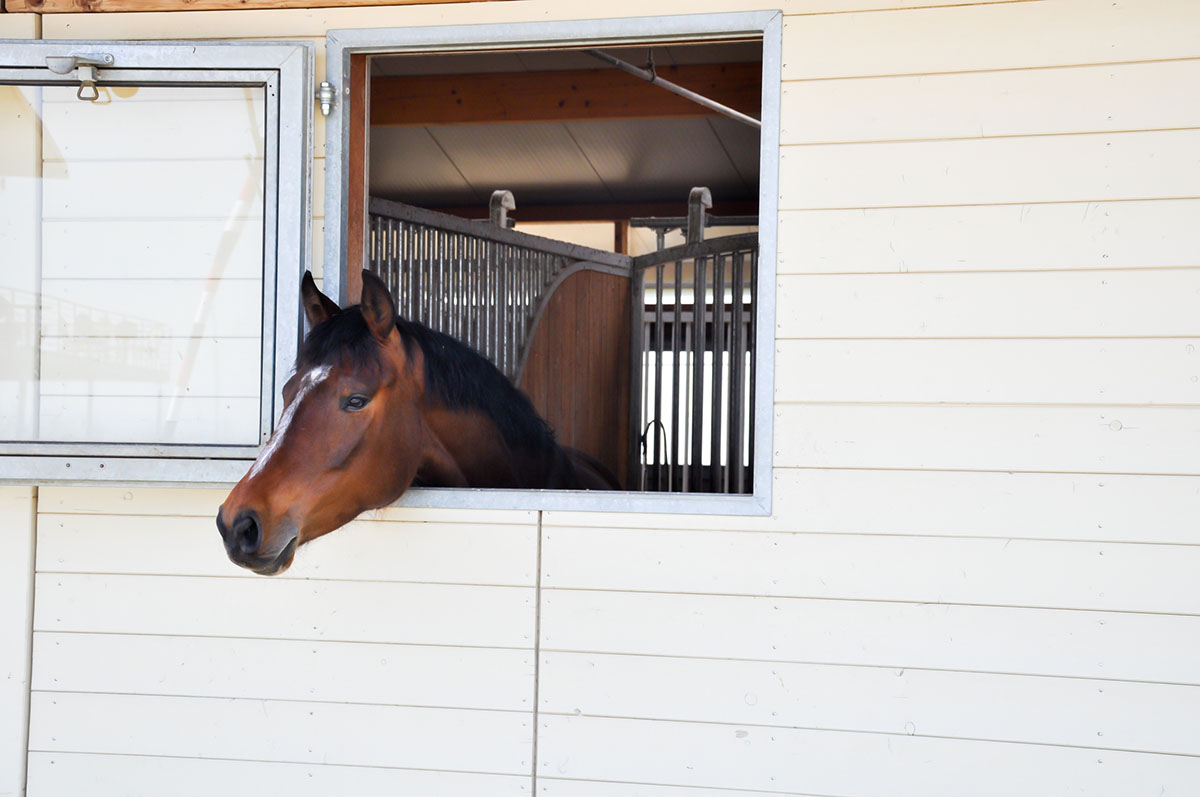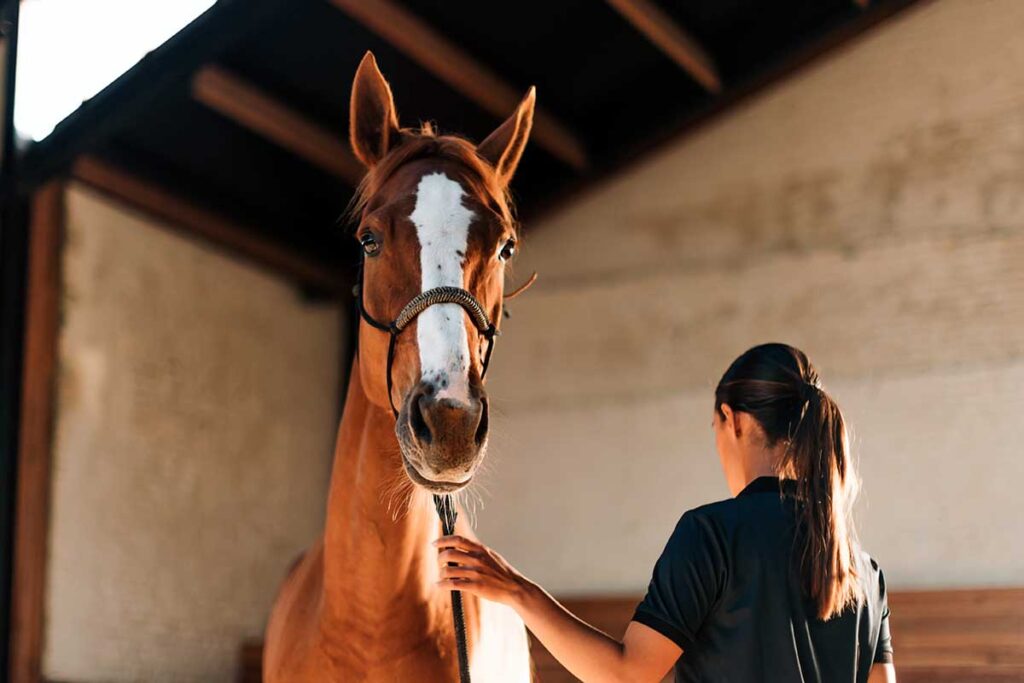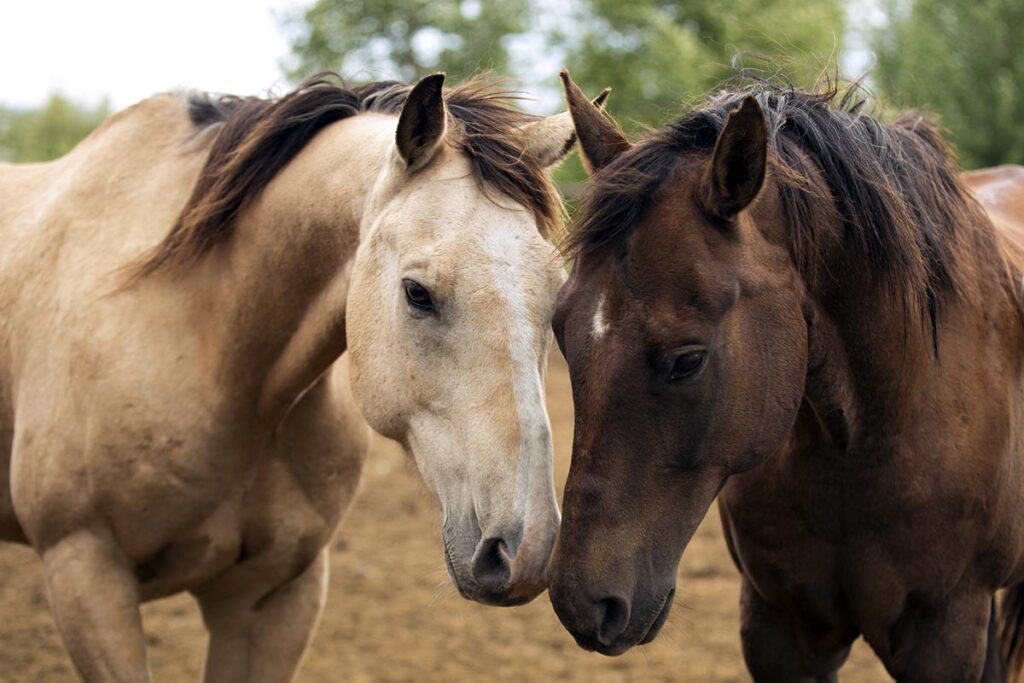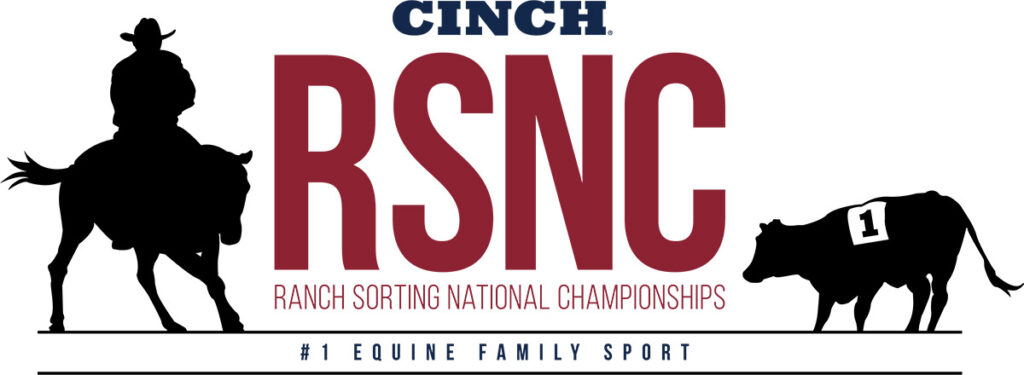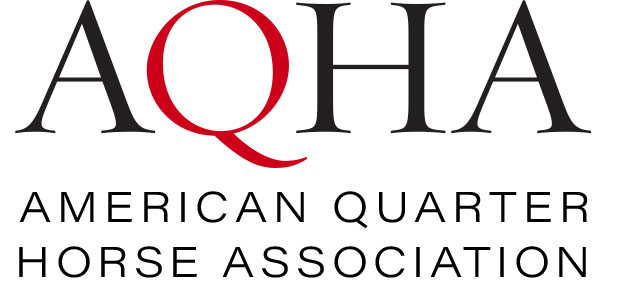In or out? Stalled or sheltered? You have options when it comes to where your horse spends his days.
Horses evolved to live outdoors where they can move around at will and graze almost constantly. Therefore, a pasture environment is generally healthiest for them. Horses can also spend part or all of their time in stalls, which can be welfare-friendly option so long as the stalls are safe and the horse can still exercise regularly.
The important considerations for housing horses are space, drainage, and ventilation. If you are in a position to have a facility constructed from scratch, do as much research as possible before spending any money, and contact your local agricultural extension agent for suggestions. Tour many other facilities to see what works and what doesn’t.
Let’s look at some recommendations for healthy pastures and barns.
Pastures

From a space standpoint, a general rule of thumb for horse pastures is a minimum of 2 acres per horse. Space isn’t everything, though; proper pasture maintenance is critical to keeping the pasture healthy and providing a good source of roughage for your horse to eat. If you will be managing your own pasture, get familiar with the concepts of pasture rotation, reseeding, fertilizing, treating, and cleaning.
If your horse(s) will live outside year round, build at least one shelter to guard against the sun, rain, snow, and wind. This shelter, which can be a simple three-sided run-in shed, needs to be strategically placed to block severe winds (in very cold areas) or let breezes in for more tropical locations. It is also advisable to place it on high ground to maximize drainage. Footing in and around a shed, as well as in any place where horses congregate (such as around water sources, feeding locations, gates, etc.), should also promote drainage.
Fencing is another critical aspect of pasture safety. Fences need to be high and strong enough that your horse can’t jump out and in good repair. A number of fence options exist, such as wooden board fencing, metal pipe fencing, plastic/PVC fencing, electric braid/tape fencing, post and wire, wire mesh, and combinations of these. Straight wire fencing (whether barbed or smooth) is generally not recommended for horses for two reasons: One, it’s harder to see than most of the other options, so spooked horses are more likely to run into it and get tangled. Two, if the horse does become tangled in the fence, wire can cause catastrophic injuries as the horse struggles to get free.
Different fence options might be more available or affordable in different areas, so it’s a good idea to contact your veterinarian and/or your nearest agricultural extension program for suggestions.
Barns/Stalls

Barns come in all shapes and sizes and materials, but here are some things any kind of barn needs to be safe and healthy:
- Ventilation is extremely important, as many respiratory diseases can be linked to poor ventilation. Horses need much more airflow than many people realize (six to eight complete air changes per hour).
- Drainage is essential to keeping stalls clean and using less bedding. Excessive dampness can cause a variety of health problems and make general care of the facility more difficult. Also, the ammonia fumes urine in the bedding creates can predispose horses to respiratory disease.
- Stall size is also important; stalls should be large enough for the horse to turn around in comfortably, lie down, and get up without getting caught against walls. Many recommend 12-by-12-foot stalls for adult horses and larger stalls for foaling.
- Most horses will do best on flooring that offers some “give,” such as dirt or rubber mats.
- Stall bedding should be thick enough to absorb urine, and stalls should be cleaned out regularly (daily if possible) to reduce ammonia fumes and promote cleanliness. Many options for bedding exist, from wood shavings to straw to peat moss; options will vary with your location.
- Stall safety can’t be overemphasized.
- Electrical outlets and appliances (such as box fans) should be out of reach.
- Ceiling height should be at least 10 feet for the average horse.
- Lights reachable by the horse should be covered with an unbreakable cage.
- Any protruding nails or sharp objects should be removed or hammered flat.
- Buckets should have handle hooks capped or taped over, as these are common causes of eye injury.
- Stall walls should go to the ground so a rolling horse can’t get his hooves caught underneath.
- Latches should be secure to keep horses from escaping, preferably inaccessible to the horse, and should not protrude when the door is open (horses can injure themselves on such latches when going in or out).
Barn Safety
One of the biggest risks in horse barns is fire; all the dry hay and bedding, dust, and cobwebs can result in spontaneous fires that burn as hot and fast as gasoline fires. To prevent barn fires, store hay in a separate building when possible, clean away dust and cobweb accumulations often, use only UL-listed fans and appliances, minimize the use of extension cords, and make sure your barn’s wiring is up to code and encased in conduit so horses and rodents can’t chew on it.
Also, have working fire extinguishers available and make sure all barn personnel and visitors know how to use them. Evacuation plans in the event of fire should also be posted and practiced, and people should be aware that you only have a couple of minutes to save any horses caught in a barn fire.

